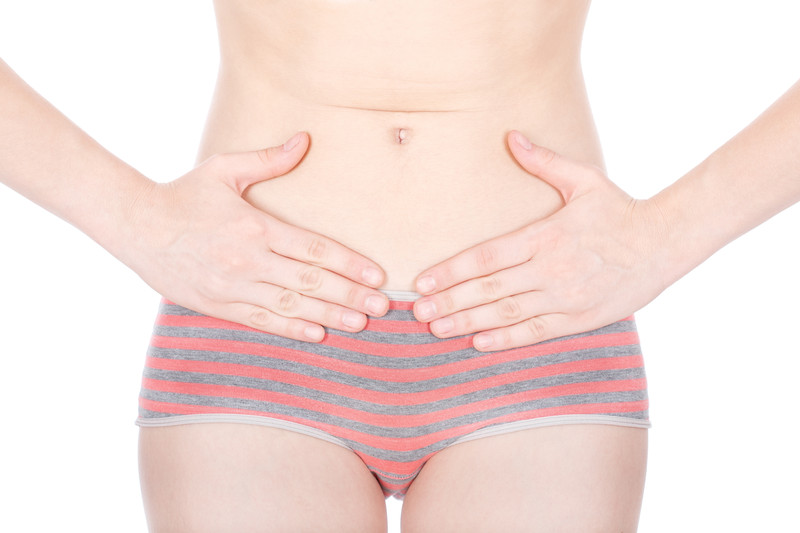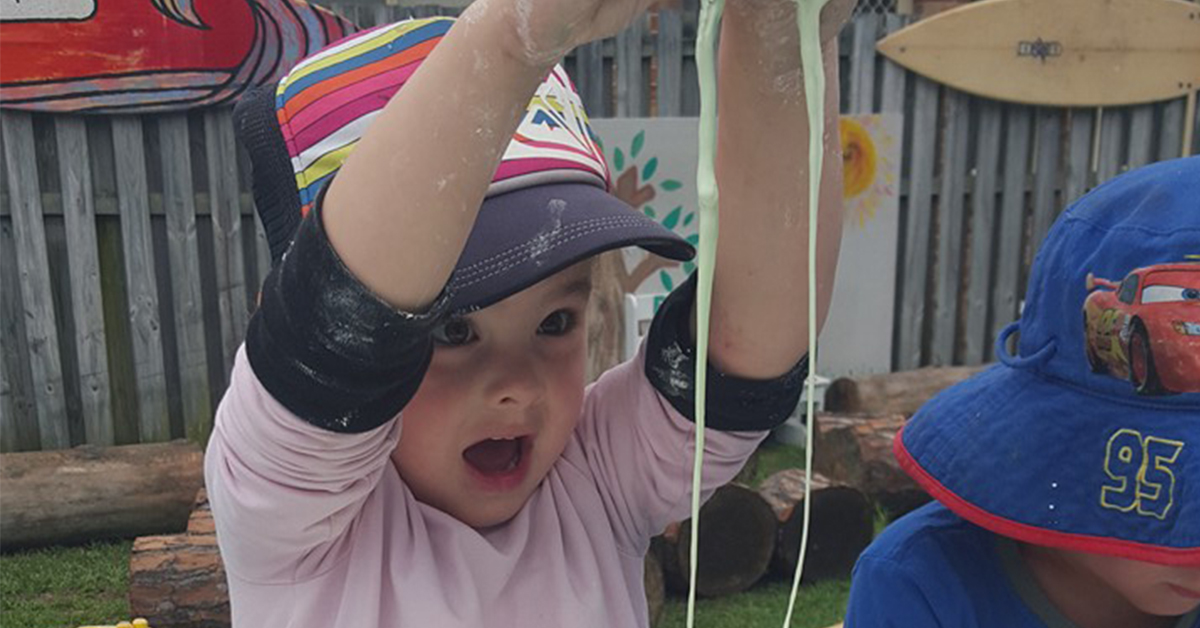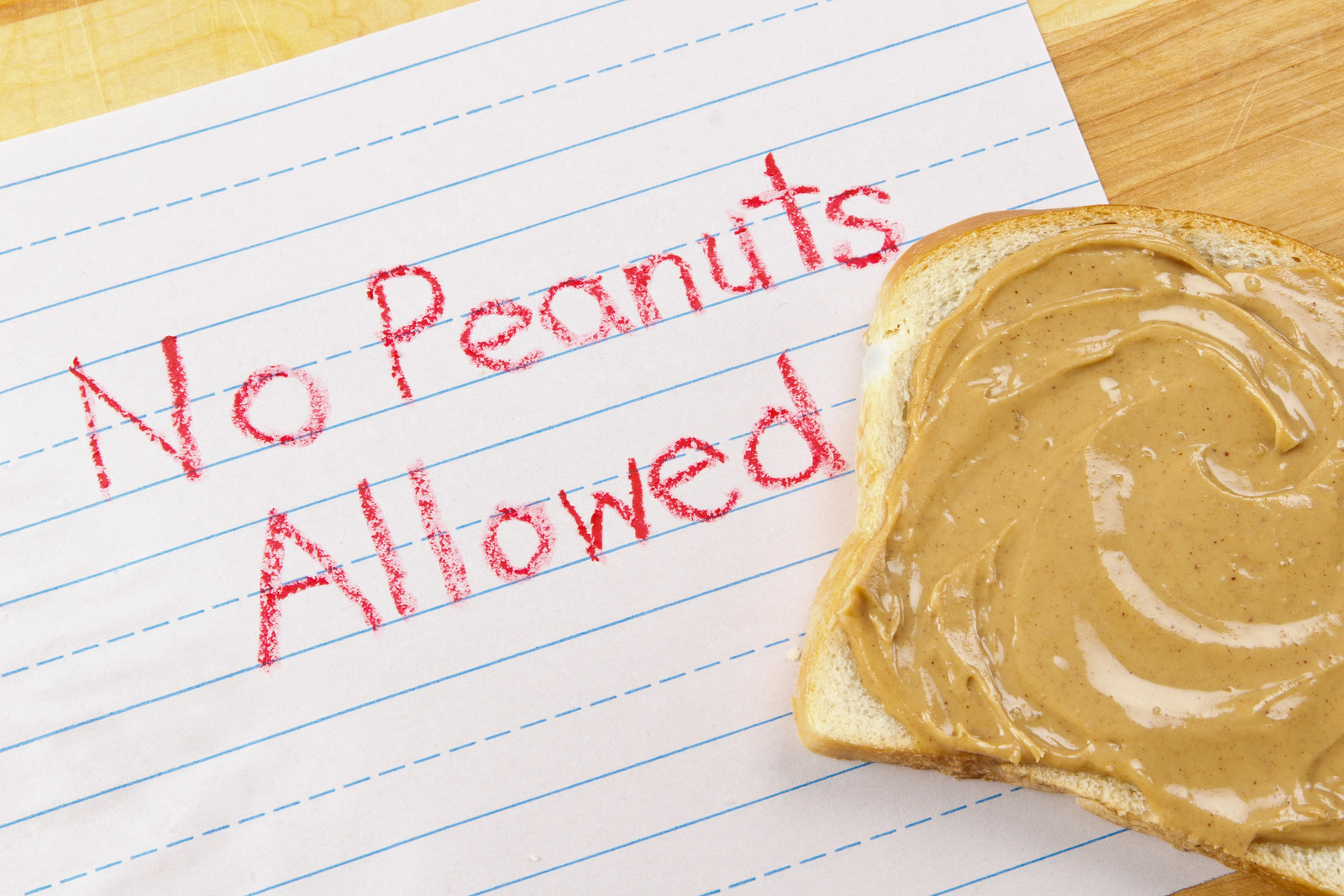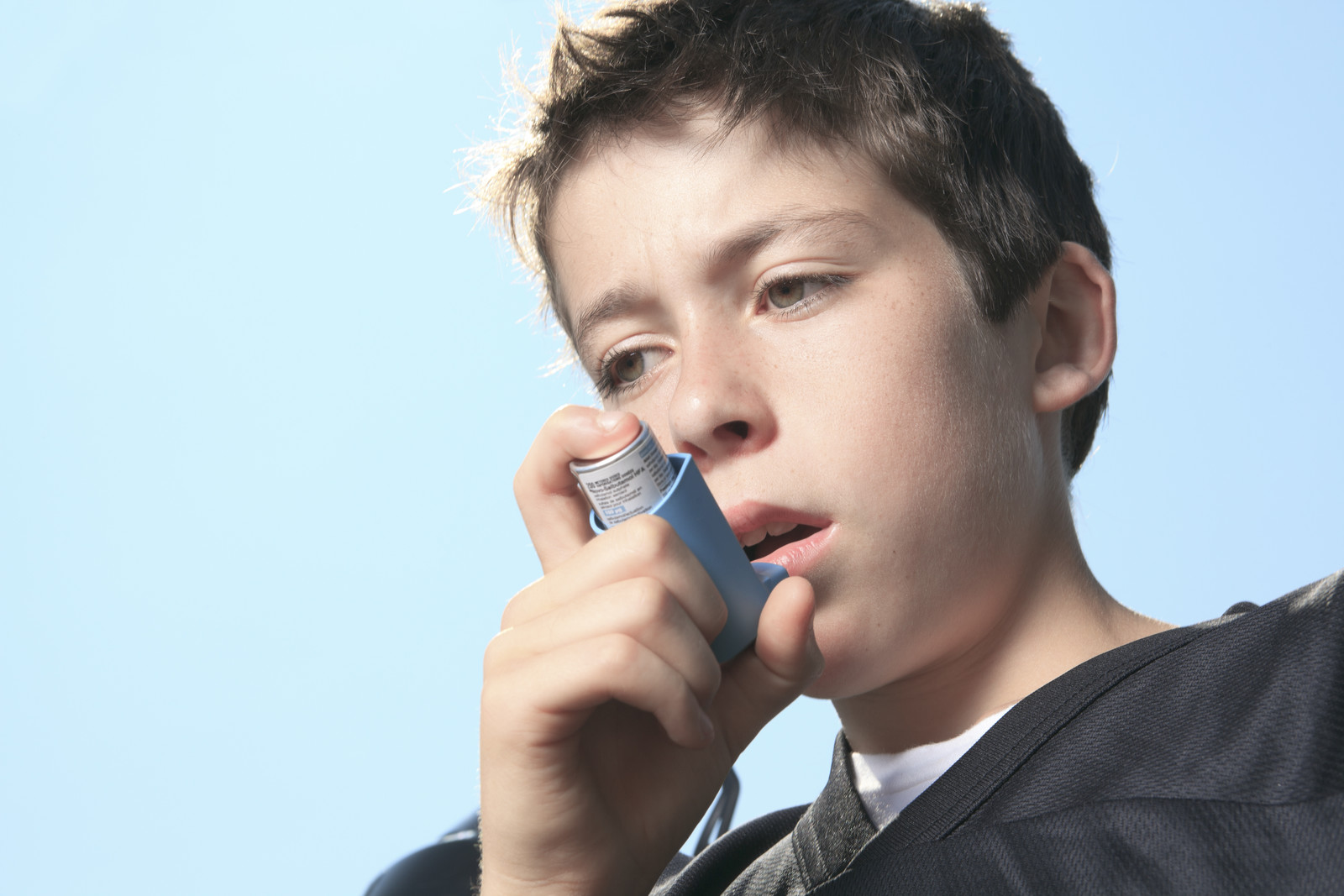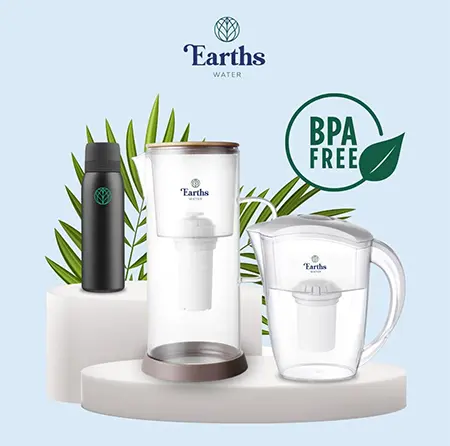Polycystic Ovarian Syndrome (PCOS) is a common condition affecting more than 1 in 10 women of childbearing age.
In fact 1 in 4 women show some characteristics of the syndrome.
Recently there has been much debate as to whether the name PCOS should be changed as many women suffering from PCOS do not in fact have any recognisable cysts on their ovaries.
But whether the name changes or not, is probably irrelevant for suffers. The symptoms remain the same.
Symptoms of PCOS can be wide and varied and you don’t need to display all the symptoms to be diagnosed with the syndrome. Symptoms all stem from a hormonal imbalance and largely affect the reproductive and nervous system.
Suffers can experience
• irregular, infrequent or sometime heavy periods
• PMS/PMT
• erratic ovulation or inability to ovulate
• difficulty falling pregnant
• multiple cysts on the ovaries
• difficulty losing weight
• depression
• anxiety
• mood swings
• acne or darkened skin patches
• hair loss
• excess face or body hair
The exact cause is still largely unknown but is believed to have a genetic component being often found among female family members.
There is no ‘cure’ for PCOS and medical treatment option are limited. Fortunately there are many simple dietary changes that can greatly improve symptoms and improve outcomes.
Low GI
Unstable blood sugar levels, is a common element of PCOS. Eating a low glycemic index (GI) diet helps to reduce the insulin demand and support the maintenance of healthy stable blood sugar levels.
Low GI foods are more slowly metabolised and released into the system, eliminating the dramatic spike and subsequent drop in blood sugar that occurs after eating high GI foods such as refined carbohydrates and sugars.
This was confirmed by the Medical Journal of Metabolism who concluded that a low GI, low carbohydrate, higher protein diet improved insulin resistance and blood sugar balance whereas a high carbohydrate, low protein diet had the opposite effect.
High Fibre
High fibre content serves to lower the GI of your food as well as supporting healthy estrogen metabolism and clearance. Fibre is found in the outer husk of most grains, which are often removed during processing and packaging. Opt for wholegrain alternatives where possible.
Essential fatty acids
Essential fatty acids also lower a foods GI level as well as supporting cellular health, hormonal balance and hair, skin and nails.
Organic
Eating organic as much as possible helps to reduce the toxic load on and already overworked hormonal system. Especially look for free range and organic meats where possible to avoid artificial hormones.
Small frequent meals
PCOS sufferers can also benefit from 5 smaller meals throughout the day, rather than the standard 3 large meals. This helps to stabilise blood sugar, reduce cravings and help support healthy weight control. Ideally all meals and snacks should incorporate wholegrains as well as a healthy protein source, nuts, seeds and good oils where possible.
General dietary recommendations
Increase your intake of
• Wholegrains
• Oats
• Spelt
• Quinoa
• Millet
• Brown rice
• Free range/organic meat
• Free range/organic chicken
• Fish
• Lentils and legumes
• Nuts and seeds
• As much ‘nude’ food as possible (in it’s natural state)
Decrease your intake of
• Refined carbohydrates such as white breads and commercial cereals
• Processed/packaged foods
Tasha Jennings ND
Bch H Sci Nat Med
Adv Dip Naturopathy
Dip Herb Med
Dip Nutrition
www.conceivebaby.com.au
www.zycia.com.au







